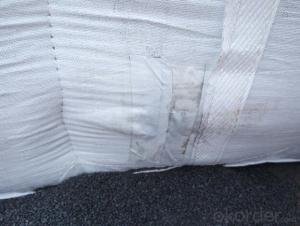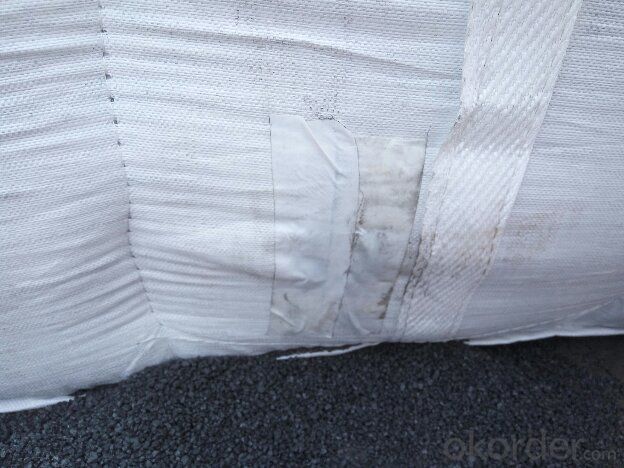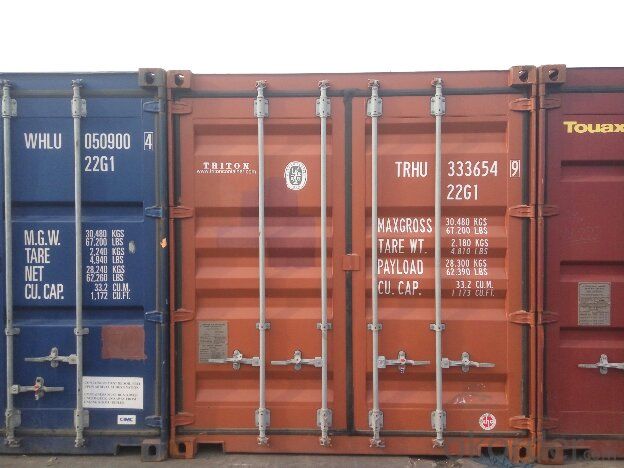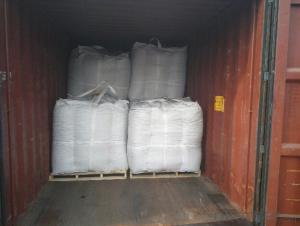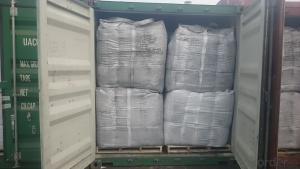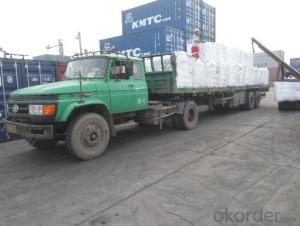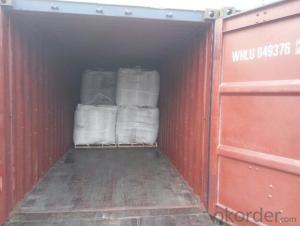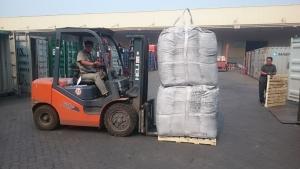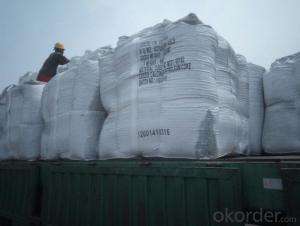Foundry Coke for Foundry Plant with Moisture 0.5%
- Loading Port:
- Shanghai
- Payment Terms:
- TT OR LC
- Min Order Qty:
- 20.5
- Supply Capability:
- 1005 m.t./month
OKorder Service Pledge
OKorder Financial Service
You Might Also Like
Brief Introduction
Foundry Coke is the main fuel of melting iron in the oven. It can melt the materials in the over, make the iron reach great heat, and keep good air permeability by sustain stock column. Thus, the foundry coke should have the characteristics of big block, low reactivity, small porocity, enough anti-crush strengh, low ash and low sulphur.
The coke handled by our cooperation is made from superior coking coal of Shanxi province. Provided with the advantages of low ash, low sulphur and high carbon. Our coke is well sold in European, American, Japanese and South-east Asian markets. Our owned Coke plant are located in Shanxi Province and supplying of you many kinds of coke.
we supply Foundry Coke long-term, its characteristic is best strength, low sulfur and phosphorus,thermal stability.
Specifications:
ASH % | 8% max | 10% max | 12% max |
V.M.% MAX | 1.5% max | 1.5% max | 2% max |
SULFUR % | 0.65% max | 0.65% max | 0.7% max |
MOISTURE | 5% max | 5% max | 5% max |
Size | 80mm-120mm,80-150,100-150mm, or as request | ||
Features
1. Our quality is always quite good and stable which is producing and packing according to customers' requirements.
2. Putting Client profile into first, achieved mutual benefit.
3. Good partner on business. It's a good and wise choice for customers' to purchase from us. It's our great honor to cooperate with you. It is more -widely used around the world
4. We can supply documents as follows:
- bill of loading,
-Invoice,
-Packing List
-Insurance
-standard inspection pictures of the container as specified by INSPECTORATE
-or more requested by buyer.
Pictures
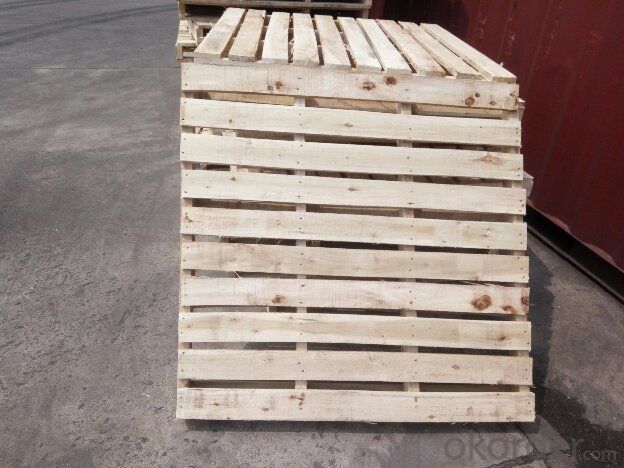
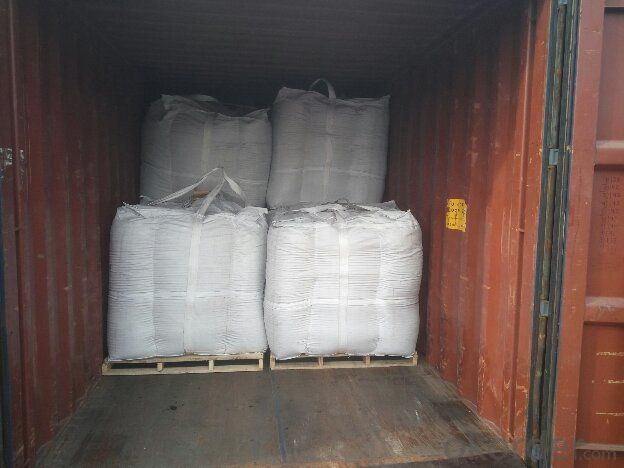
FAQ
1. What is the packing?
In 25kg bag/ In jumbo bags without pallet/ Two jumbo bags with one pallet/ or as customers’ request
2. What is the production capacity?
10 thousand tons per month
3 What is payment term?
Irrevocable LC at sight/ 20% down payment by T/T and 80% against BL copy byT/T/ or to be discussed
4 What is the service?
We will send sample to the third party(CIQ, CCIC, SGS,BV or to be discussed) for checking, and present the test certificate and loading repot of shipment.
- Q: What are the impacts of carbon emissions on the stability of wetlands?
- Carbon emissions have significant impacts on the stability of wetlands, which are highly sensitive ecosystems. One of the main consequences of carbon emissions is the increase in greenhouse gases, particularly carbon dioxide, in the atmosphere. This leads to global climate change and subsequent alterations in weather patterns, temperature, and precipitation. These changes in climate have direct and indirect effects on wetlands. Firstly, rising temperatures can accelerate the rate of evaporation, leading to a decrease in water levels within wetlands. This can lead to the drying out of wetland habitats, disrupting the delicate balance of species that rely on these areas for survival. As wetlands dry up, the plants and animals that depend on them for food, shelter, and breeding grounds are threatened. Additionally, increased carbon emissions contribute to sea-level rise, which poses a significant threat to coastal wetlands. Rising sea levels can cause saltwater intrusion into freshwater wetlands, leading to salinization of the soil and negatively impacting the vegetation and organisms that inhabit these areas. This intrusion also disrupts the delicate balance between freshwater and saltwater, affecting the diverse ecological functions provided by wetlands, such as water filtration, nutrient cycling, and flood control. Furthermore, carbon emissions contribute to the acidification of water bodies, including wetlands. The absorption of excess carbon dioxide by water leads to a decrease in pH levels, making the water more acidic. Acidic water can harm the plants, animals, and microorganisms in wetlands, affecting their growth, reproduction, and overall survival. This disruption in the wetland ecosystem can have cascading effects on the entire food web and biodiversity of these areas. Overall, carbon emissions have a profound impact on the stability of wetlands. The alteration of climate patterns, sea-level rise, and acidification of water bodies are all consequences of carbon emissions that threaten the delicate balance and ecological functions of wetlands. Recognizing the importance of wetlands and effectively mitigating carbon emissions is crucial for preserving these vital ecosystems and the myriad of benefits they provide, including flood mitigation, water purification, and habitat for numerous plant and animal species.
- Q: Is graphite carbon?
- Chemically, it belongs to carbonWhen these carbon atoms connect with each other to form a single substance, they have different ways. They are arranged in eight planes. The net shape is the diamond, which is arranged in a regular hexagon and a layer, and then graphite is formedDiamond and graphite are carbon elements
- Q: What is the difference in carbon content of low carbon steel, medium carbon steel and high carbon steel?
- The carbon content of high carbon steel (AISI1055 ~ 1095) is 0.60% to 1.03%, manganese content is 0.30% to 0.90%, phosphorus content is not more than 0.04%, sulfur content is not more than 0.05%.
- Q: What is carbon black pigment?
- Carbon black pigment is a fine black powder derived from the incomplete combustion of hydrocarbons. It is primarily composed of elemental carbon and is widely used as a pigment in various industries, including rubber, plastics, inks, coatings, and cosmetics, to impart a deep black color and enhance the strength and durability of the materials it is incorporated into.
- Q: What are the impacts of carbon emissions on the stability of river ecosystems?
- Carbon emissions have significant impacts on the stability of river ecosystems. One of the primary consequences of carbon emissions is the increase in greenhouse gases in the atmosphere, leading to global warming. Rising temperatures have direct and indirect effects on river ecosystems. Firstly, increased temperatures can alter the physical characteristics of rivers and affect the availability of oxygen in the water. Warmer water holds less dissolved oxygen, which can harm aquatic organisms such as fish and invertebrates that rely on oxygen for survival. This decrease in oxygen levels can lead to reduced biodiversity and even fish kills. Secondly, climate change, driven by carbon emissions, can disrupt the natural hydrological cycle. Changes in precipitation patterns can result in droughts or floods, causing fluctuations in river flow. These changes can affect the spawning and migration patterns of many aquatic species, disrupting their life cycles and reducing their populations. Furthermore, altered river flows can also impact the stability of riverbank and riparian habitats, leading to erosion and habitat loss. Additionally, increased carbon emissions contribute to ocean acidification. When carbon dioxide is absorbed by water, it forms carbonic acid, which lowers the pH of the water. Acidic waters can have detrimental effects on aquatic life, including shellfish, corals, and other calcifying organisms. River ecosystems are interconnected with coastal and marine ecosystems, so the impacts of ocean acidification can indirectly affect river ecosystems through the food web. Moreover, carbon emissions contribute to the deposition of air pollutants, such as nitrogen and sulfur compounds, onto land and water bodies. These pollutants can be transported by rainfall into rivers, leading to increased nutrient levels and eutrophication. Excessive nutrients can cause harmful algal blooms, deplete oxygen levels, and create dead zones, further disrupting the balance of river ecosystems. In conclusion, carbon emissions have profound impacts on the stability of river ecosystems. Rising temperatures, altered hydrological cycles, ocean acidification, and increased nutrient levels all contribute to the degradation of these ecosystems. It is crucial to reduce carbon emissions and implement sustainable practices to mitigate these impacts and preserve the health and stability of river ecosystems.
- Q: How does carbon impact the prevalence of landslides?
- Carbon does not directly impact the prevalence of landslides. However, human activities related to carbon emissions, such as deforestation and mining, can contribute to the destabilization of slopes and increase the likelihood of landslides occurring.
- Q: How does carbon impact the prevalence of ocean acidification?
- Carbon impacts the prevalence of ocean acidification primarily through the process of carbon dioxide (CO2) absorption by seawater. Increased levels of atmospheric CO2, mainly caused by human activities such as burning fossil fuels and deforestation, lead to more CO2 being dissolved in the oceans. This excess CO2 reacts with seawater to form carbonic acid, which lowers the pH of the ocean and increases its acidity. This increased acidity has detrimental effects on marine life, particularly organisms with calcium carbonate shells or skeletons, as it hampers their ability to build and maintain their structures. Overall, the high levels of carbon in the atmosphere contribute to ocean acidification, which poses significant threats to marine ecosystems and biodiversity.
- Q: What are the impacts of carbon emissions on ecosystems?
- Carbon emissions have significant impacts on ecosystems. Increased levels of carbon dioxide in the atmosphere contribute to global warming, leading to changes in temperature and climate patterns. This can disrupt ecosystems by altering the timing of natural events, such as flower blooming or bird migration, and affecting the availability of resources like water and food. Additionally, carbon emissions can lead to ocean acidification, which harms marine life and coral reefs. Overall, carbon emissions pose a threat to the balance and functioning of ecosystems, ultimately impacting biodiversity and the health of our planet.
- Q: How does carbon affect the pH of water?
- Carbon does not directly affect the pH of water. However, when carbon dioxide dissolves in water, it forms carbonic acid, which lowers the pH of the water, making it slightly more acidic.
- Q: What do you mean by carbon fiber for 1K, 3K, 6K and 12K?
- This is the specification of carbon fiber, refers to the number of filaments in carbon fiber tow, 1K=1000 (root), 3K=3000 (root), 6K=6000 (root), 12K=12000 (root). At the same time, 1K, 3K, 6K, and 12K are also called small tow.The relationship between the properties of carbon fibers and the number of filaments is described below:According to the number of carbon fiber bundle of carbon fiber filaments can be divided into small tow and tow two. Compared with small tow, the disadvantage of large tow is that when the structure of the plate is made, the tow should not spread out, resulting in the increase of the monolayer thickness, which is not conducive to the structural design. In addition, large tow carbon fiber adhesion, wire breaking phenomenon more, which makes the strength and stiffness of the affected, a decrease in performance, the performance of dispersion will be larger. Aircraft, spacecraft generally only a small tow carbon fiber, so the small tow carbon fiber is also known as the "space" of carbon fiber, large tow carbon fiber is known as the "industrial grade carbon fiber.But large tow production costs than small tow low, and with the progress of the production technology, people familiar with the structure of the carbon fiber material, large tow carbon fiber more and more stringent requirements for reliability field. In this way, between the small and large tow tow distinguish changes, such as earlier in the number of single tow 12000 (12K) as the dividing line, but the number of carbon fiber 1K~24K is divided into small bundles, rather than 48K designated as large tow. While the Airbus Company has begun to use 24K carbon fibers in the manufacture of A380 super large aircraft, it is estimated that as the technology advances, the line between the small tow and the big tow will push up.
Send your message to us
Foundry Coke for Foundry Plant with Moisture 0.5%
- Loading Port:
- Shanghai
- Payment Terms:
- TT OR LC
- Min Order Qty:
- 20.5
- Supply Capability:
- 1005 m.t./month
OKorder Service Pledge
OKorder Financial Service
Similar products
Hot products
Hot Searches
Related keywords
